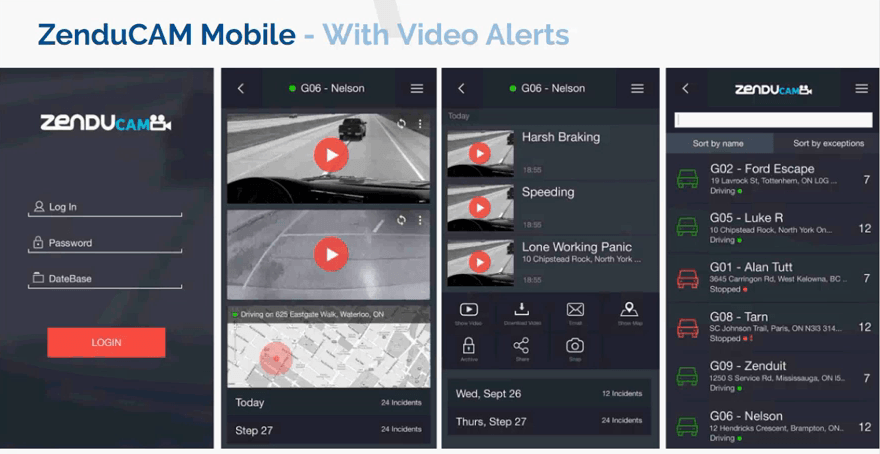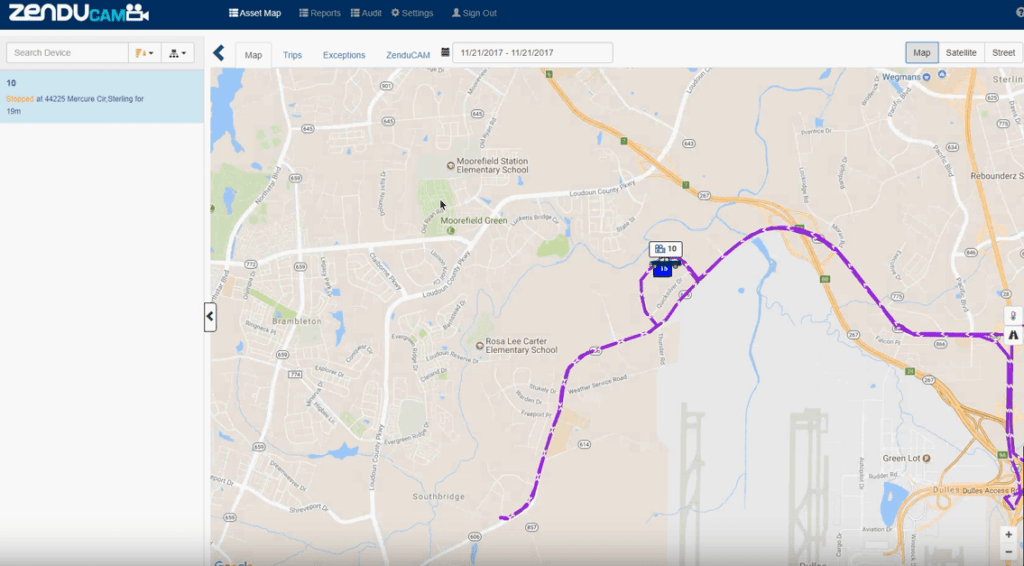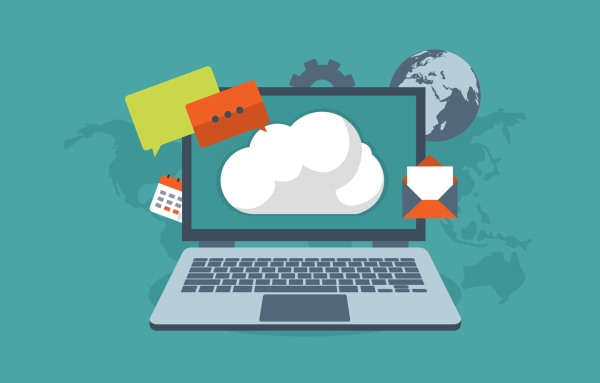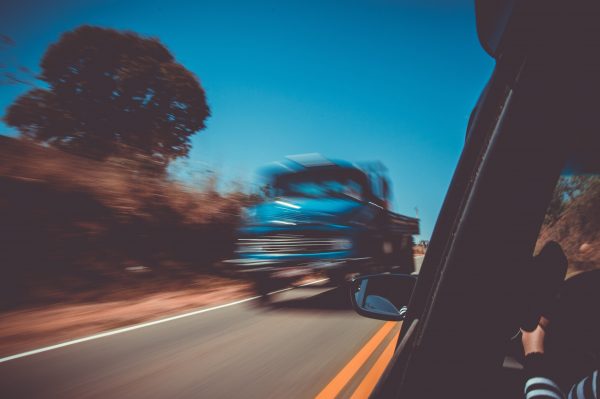
What is one of the most important differences in new versus old camera systems? Nowadays, it’s common to find a car camera with GPS event recording system. In the early days, cameras recorded footage onto a SD card and users had to go through hours of footage on that card.
“It was a nightmare,” complained an old camera user. “For several weeks, I had to sit by a computer and watch hours of footage. I’m so glad that newer cameras save important events.”
Indeed, a car camera with GPS event recording system can pinpoint critical events. What are some important events?
1) Accidents
The #1 reason to get cameras is to record crashes. Accidents are a big headache for fleets because of their aftermath. After an accident, safety teams need to investigate the incident and legal teams need to work through court cases. Whereas a single lawsuit can cost a gazillion dollars, cameras quickly offset the cost!
For that reason, it is critical to keep accurate accident records. Some cameras are equipped with a G-force detector. G-force detectors record all vehicle impacts, hence saving all accident footage on an online portal.

In addition to saving events, the best practice is to have a live car camera. Why? In one situation, a truck got into an accident. Because the camera were live, the manager retrieved the accident clip and sent it back to the driver within a few minutes. The driver then showed the onsite police officer, who exonerated the driver on the spot.
2) Driving Rules
Of course, rather than risking an accident, it’s much better to prevent accidents entirely. Safety managers control bad driving habits to reduce accident risk. Some of those habits include speeding, harsh braking, and harsh acceleration.
Here’s how driving rule events work.
Firstly, the safety department determines safety rules. “Some companies have different safety policies. For example, some companies have zero speeding tolerance. Other companies consider a speeding event as drivers going 6 mph over the limit for over 10 seconds.”, said Ron Sabbun, a ZenduCAM product expert.
Secondly, the safety department enters driving rules in the camera software. The camera then records and save events that fall within set rules. As a result, safety teams can review rule violations and train drivers to prevent accidents.

3) Distracted Driving
Distracted driving events are super important because they are dangerous to public safety and to businesses. Recently, several companies were held liable for their employees’ reckless driving because managers failed to prevent distracted driving.
How can businesses manage distracted driving? Some fleets invested in driver sensors alongside a car camera with GPS event recording system. Drivers sensors read a driver’s face and monitors when drivers look away from the road. With a combined system, supervisors can review video clips of distracted driving events!
4) Customer Service
Other than reviewing safety events, some fleets use a car camera with GPS event recording system to review customer service events.
“A common customer complaint in waste management is when a customer is skipped on a route,” said a supervisor at a waste collection service. “We use cameras and GPS trackers to investigate if the customer’s claim is true.”
Nowadays, many cameras have built-GPS trackers. Just like the waste collection supervisor, businesses are able to view a vehicle’s trip history on a map and on video.



